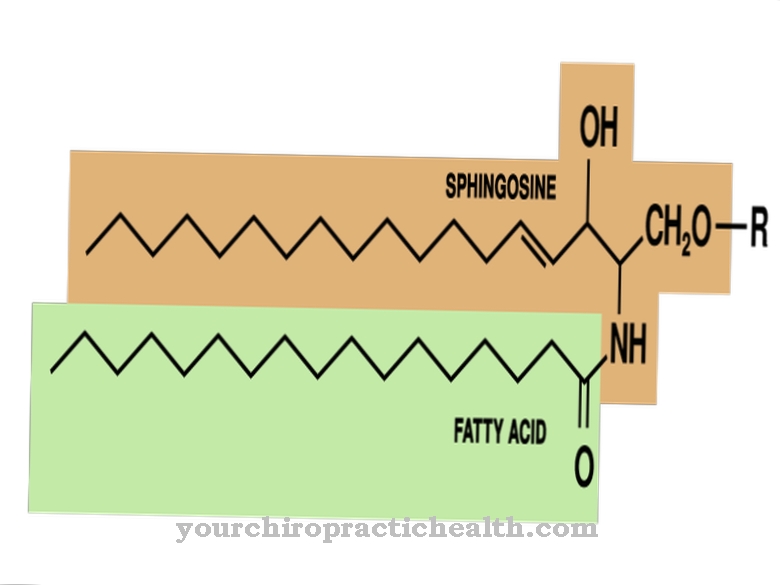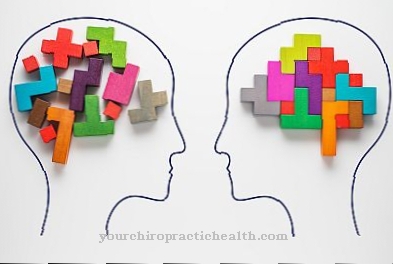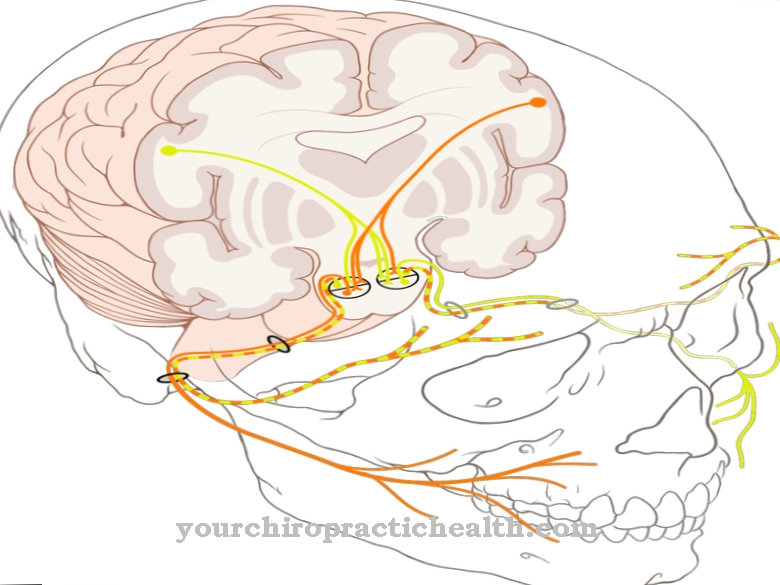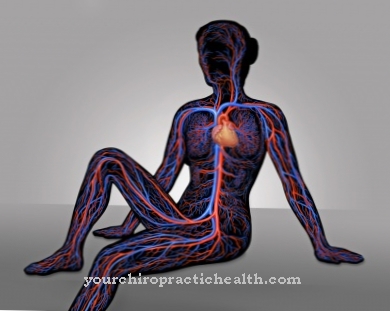From Twins or Multiples is the talk when instead of one expected baby, two, three or more children are born. However, multiple pregnancies are not without risk.
What are twins and multiples?

Multiple pregnancies with at least two children are rare. According to Hellin's rule, one in 85 pregnancies is a twin pregnancy. One in 7,000 mothers has triplets on average, while a quadruple pregnancy occurs on average only once in 600,000 pregnancies.
However, there has been an increase in multiple pregnancies in recent decades. The reason for this is the artificial insemination as well as special treatments with hormones to stimulate fertility.
Today around every 50th mother carries multiple births. In the context of artificial insemination, the probability of multiple births is even relatively high. With in vitro fertilization, several ovulations occur at the same time. After fertilization, which takes place in a test tube, three or four embryos are then transferred to the female uterus. This is intended to increase the likelihood of pregnancy. However, it can happen that not only one baby grows up, but two, three or four children.
About a fifth of all women who undergo artificial insemination become pregnant. A multiple pregnancy occurs in every fourth pregnant woman.
Function & task
Multiple births such as twins, triplets or quadruplets do not fulfill a special biological function. However, they do increase the rate of reproduction. However, multiple pregnancies are sometimes seen as a burden because they take up a lot of the parents' everyday lives.
However, multiples are definitely considered an enrichment. In this way, the children can grow up together and in most cases develop a special relationship with one another. If the life of the children is well organized, the everyday life of multiples will also run smoothly.
In the case of multiple births, it is important to distinguish between identical and dizygoti children. About 30 percent of all twins are identical. They are of the same gender and blood group. Another characteristic of identical twins is their outward resemblance.
Identical twins are formed when an egg cell is divided into two nuclei after fertilization. Both nuclei have identical genetic makeup. If the division takes place within three days, two germ cells implant in the uterine lining. The two embryos can develop there side by side. Each embryo has its own chorionic and fruit cavity. There is also a connection to the mother via its own placenta.
If the egg cell divides after four days, two fruit cavities and only one chorion are formed. Both children receive their care through the same placenta of their mother. If the division occurs after eight days, both embryos are developed in the same chorionic and fruit cavity. In this case, too, the same placenta provides the supply.
A division after 12 to 14 days is a cause for concern because it leads to the development of Siamese twins. In this wrong development, both children are physically grown together.
In contrast to identical twins, dizygoti twins usually differ from one another in the same way as ordinary siblings.
Triplets, quadruplets or other multiples usually result from artificial insemination. However, the infants are always dizygoti. It is not uncommon for them to consist of different combinations of identical and dizygoti children. A multiple pregnancy is determined by a sonography (ultrasound examination), which takes place between the 9th and 12th week of pregnancy. Because the embryos are still very small at this point in time, they can be visualized at the same time.
Illnesses & ailments
Since multiple pregnancies are a health hazard for the expectant mother, doctors classify them as high-risk pregnancies. Women who are expecting multiple births have to take good care of themselves.
Because the multiple births also create more body weight, this can put strain on the spine and legs. Muscles and connective tissue are also exposed to greater stress. It is not uncommon for multiple mothers to suffer from complaints such as back pain, high blood pressure, sleep problems, blood congestion in the legs, varicose veins, anemia (anemia), constipation and elevated diaphragm. The latter often leads to breathing problems and heart problems. Especially in the last trimester, the pregnant woman must avoid unnecessary stress and physical exertion in order to exclude a premature onset of labor.
Multiple pregnancy also means an increased risk for unborn children. There is a risk of premature birth if cervical insufficiency or early rupture of the bladder sets in.
As the number of children grows up, so does the length of pregnancy. A normal pregnancy takes 267 days, whereas a twin pregnancy only takes 262 days. In triplets, the gestation period is an average of 247 days. The reason for this is the greater overstretching and strain on the cervix and uterus. In addition, there is a weaker blood flow to these two body structures.
Possible complications in a multiple pregnancy are miscarriages as well as malformations of the children, delays in growth, and a fetofetal transfusion syndrome (FFTS).It is a rare nutritional and circulatory disorder in which one child develops at the expense of the other. The risk of TTTS is particularly high if the chorionic cavity is shared. There is also a risk of intrauterine fetal death.
For the healthy development of multiples, the uterus needs care. If each child has its own sac and placenta, this is most beneficial for twins. However, if both children have to share a placenta and an amniotic sac, the risk of complications increases.











.jpg)














.jpg)

